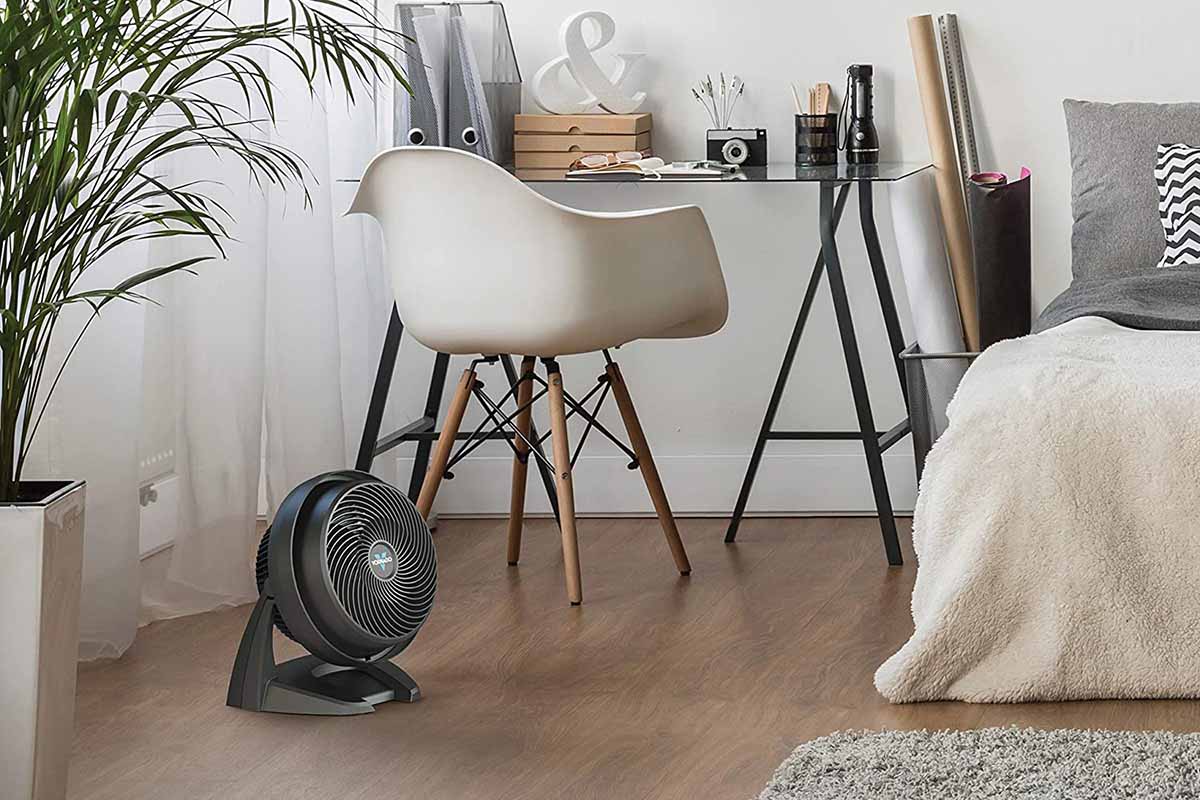When it comes to choosing the right cooling option for your home, the debate between air circulator vs fan often arises.
While both serve the purpose of providing airflow and improving comfort, understanding their differences is crucial to make an informed decision.
In this article, we will compare air circulators and fans, exploring their features, benefits, and drawbacks, to help you make the best choice for your home.
What’s the Main Difference Between an Air Circulator VS Fan?
The main difference between an air circulator and a fan lies in their design and functionality.
While both air circulator devices provide airflow and contribute to cooling or warming, distinct features set them apart.
Understanding Air Circulators
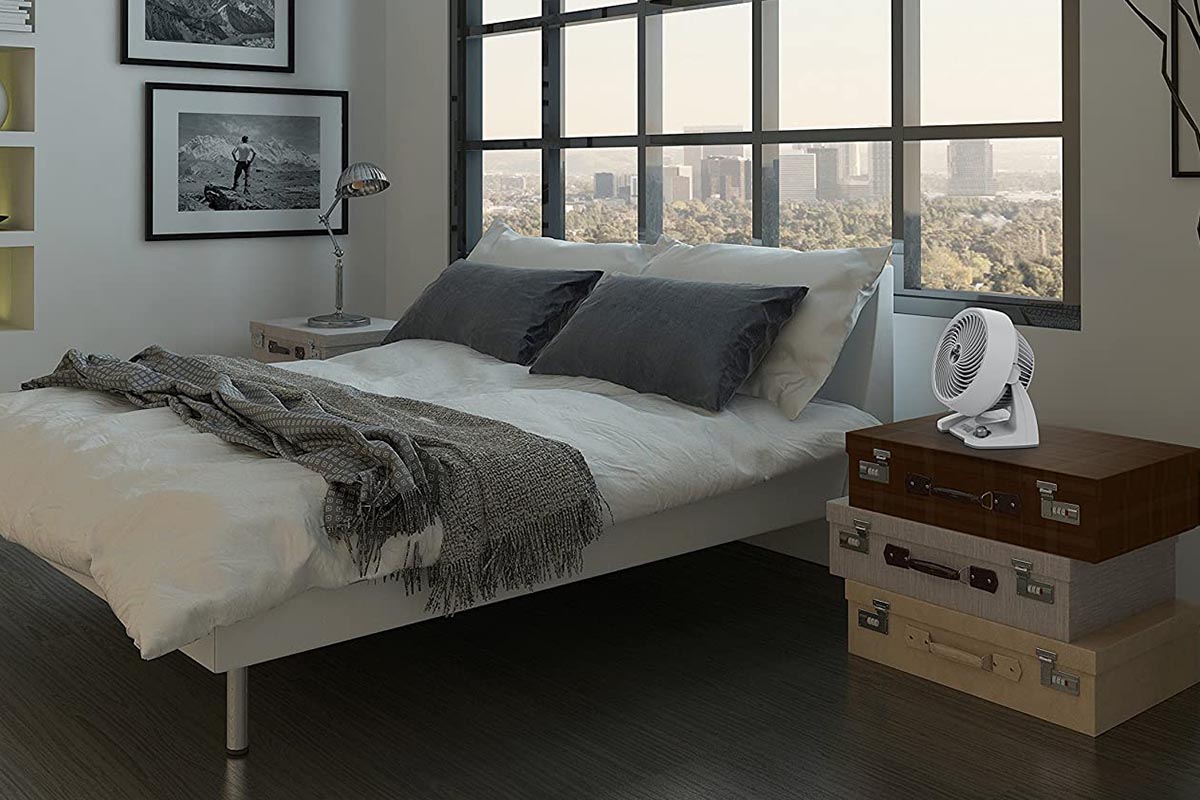
Air circulators are specialized devices that are specifically engineered to improve air circulation in a room.
The air circulator features a unique blade design and grille system, which work together to create a powerful, concentrated airflow.
Air circulators are designed to move air over longer distances, ensuring better circulation of cooler air and preventing stagnant air pockets. They excel in providing consistent and energy efficient, cooling throughout the whole room.
Pros and Cons of Air Circulators
Air circulators offer several advantages over traditional fans. One of the main benefits is air circulator’s ability to provide targeted airflow.
Circulators excel at directing focused airflow precisely where it’s needed, ensuring a cooling experience that is both even and highly effective.
Additionally, air circulators tend to operate quietly, making them suitable for use in bedrooms, offices, or other areas where noise is a concern.
However, air circulators often have a higher price point compared to traditional fans due to their specialized design, and they typically offer a more limited coverage area compared to fans.
Understanding Fans
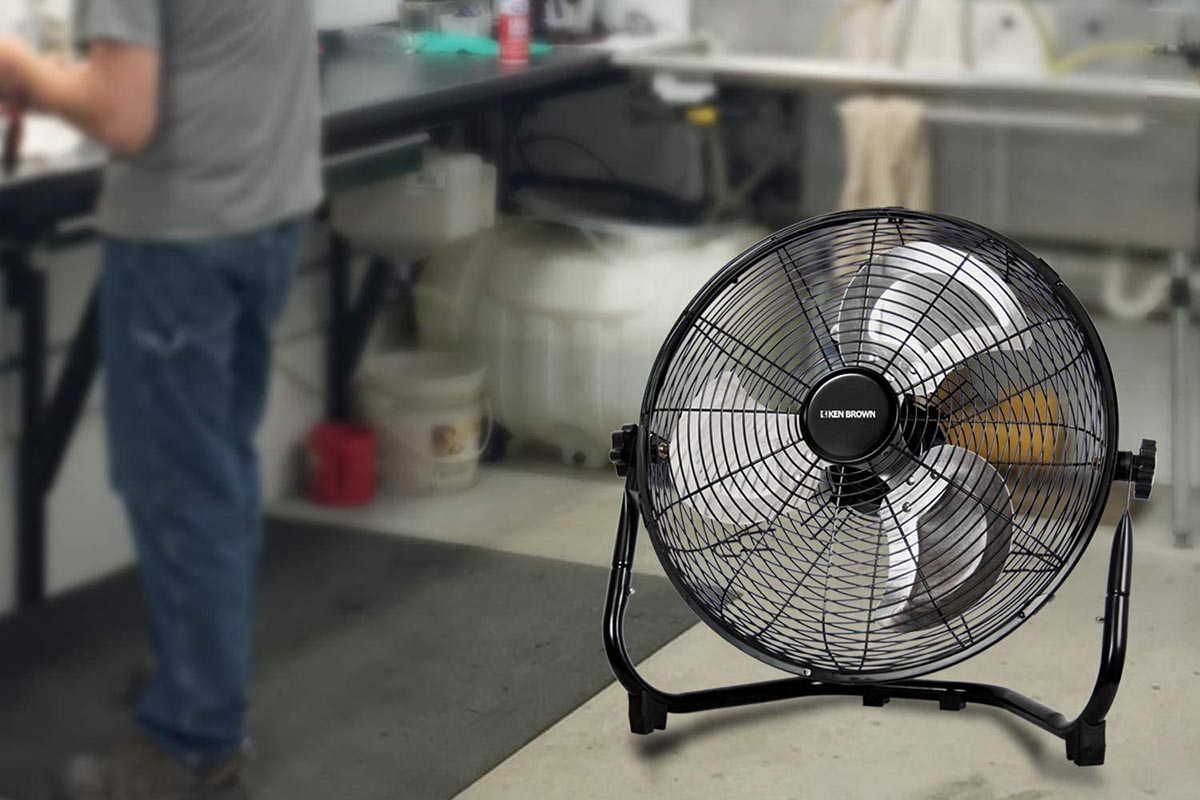
On the other hand, fans are the more familiar air conditioner devices found in most households. They create a broad and widespread airflow that helps create a cooling effect.
Fans typically have larger blades than air circulators, contributing to a more diffuse airflow.
They come in various types, such as pedestal, floor fan top, tower fan, and ceiling fan, providing flexibility in terms of installation and usage.
Pros and Cons of Fans
Fans have their own set of advantages. Firstly, they are generally more affordable compared to air circulators, making them a budget-friendly option for cooling.
Fans are also easy to use, typically featuring simple controls and settings that allow users to adjust the speed and direction of the airflow according to their preferences.
Additionally, fans are available in a wide range of styles and sizes, catering to different needs and room sizes.
However, one drawback of fans is that they may not distribute air as evenly as air circulators. The airflow generated by fans and air circulators tends to be more dispersed, which may result in hot air or cold air spots within a room. Fans can also produce more noise, especially at higher settings.
Advantages of Traditional Fans
Traditional fans offer several advantages that make them a popular choice for cooling. Firstly, their affordability makes them accessible to a wide range of budgets.
Fans are widely available and come in various price ranges, allowing individuals to find an option that suits their financial constraints.
Secondly, fans are known for their ease of use. They typically have straightforward controls and settings, making them user-friendly even for those who are not technologically inclined.
Lastly, fans provide immediate cooling relief. Upon activation, conventional fans generate a gentle breeze that aids in the evaporation of moisture from the skin, resulting in a refreshing cooling effect.
Are air circulators better than regular fans?
Determining whether air circulators are better than regular fans depends on various factors such as room size, airflow requirements, and personal preferences.
Regular fans are ideal for smaller spaces or situations that require immediate cooling. They are versatile and widely used, making them a popular choice for many households. However, air circulators have several advantages over regular fans.
They provide more targeted and consistent airflow, making them suitable for larger rooms or areas with poor air circulation.
These devices can also be effective in distributing warm air during colder seasons, making them versatile throughout the year.
Air Circulator’s benefits compared to the traditional fan
Air circulators offer unique benefits compared to traditional fans. Their targeted airflow ensures that the air is directed where it is most needed, resulting in a cooling experience that is more even and effective.
Air circulators can help eliminate hot or cold spots within a room by improving overall air circulation.
Additionally, air circulators can be beneficial in distributing warm air during colder months, allowing for more efficient heating in the room. This versatility makes air circulators suitable for year-round and outdoor use too.
How do Air Circulators Work?
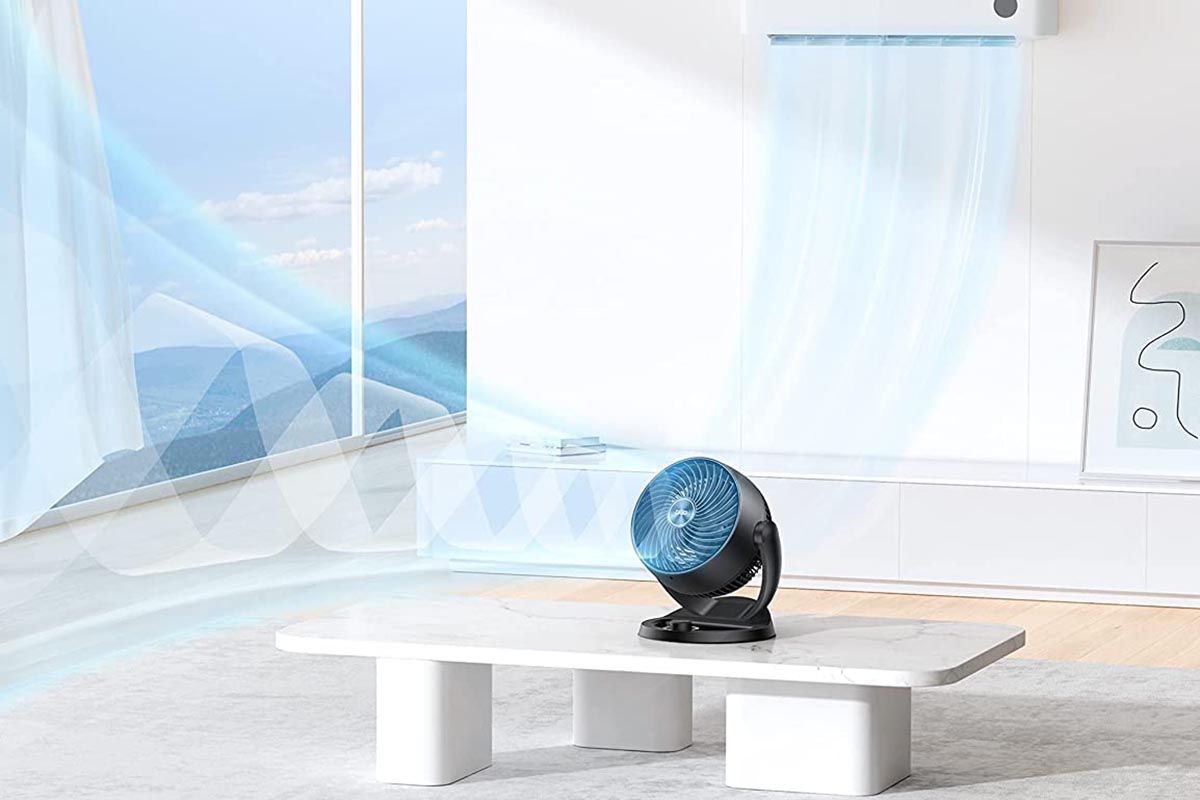
Air circulators work by creating a powerful and focused airflow that circulates air within a room. They utilize a combination of blade design, grille system, and motor power to generate a concentrated stream of air.
The unique design of the air circulator fan allows moving air over longer distances, ensuring better air circulation throughout the room.
The airflow generated by air circulator helps to reduce stagnant air, eliminate hot or cold spots, circulate air, and create a more comfortable environment.
How to Use Air Circulators and Fans
Using air circulators and fans effectively can enhance your comfort and cooling experience. Here are some tips on how to use them:
- Placement: Position your air circulator fan strategically in the room. Place it in a location that allows for optimal airflow throughout the bedroom and living room. For air circulators, aim them towards areas that require better circulation or where you need to concentrate the airflow. For fans, position them to create a breeze that covers the desired area.
- Adjusting the Speed: Most air circulator fans come with multiple speed settings. Experiment with different speeds to find the one that provides the desired airflow and cooling effect. Lower speeds are suitable for gentle cooling, while higher speeds offer more powerful airflow.
- Oscillation Feature: Many fans have an oscillation feature that allows the airflow to sweep from side to side, covering a wider area. Utilize this feature to distribute the airflow evenly throughout the room and avoid focusing the airflow on a specific spot.
- Directional Control: Some air circulators and fans come with adjustable heads or tilting features. Use these controls to direct the airflow in the desired direction. Point the device upwards to circulate air downwards during colder seasons or downwards to create a cooling effect during warmer months.
- Combining with AC or Heating: An air circulator fan can complement your air conditioner or heating system. When using air conditioning, position the fan or air circulator near the vents to help distribute the fresh air more effectively. Similarly, during colder months, place the device near a heat source to help circulate the hot air throughout the room.
- Maintenance: Regularly clean your air circulator or fan to ensure optimal performance. Dust and debris can accumulate on the blades and affect airflow. Follow the manufacturer’s instructions for cleaning and maintenance.
By following these tips, you can maximize the effectiveness of your air circulator or ceiling fan and create a more comfortable environment in your home.
Warm Air Circulation
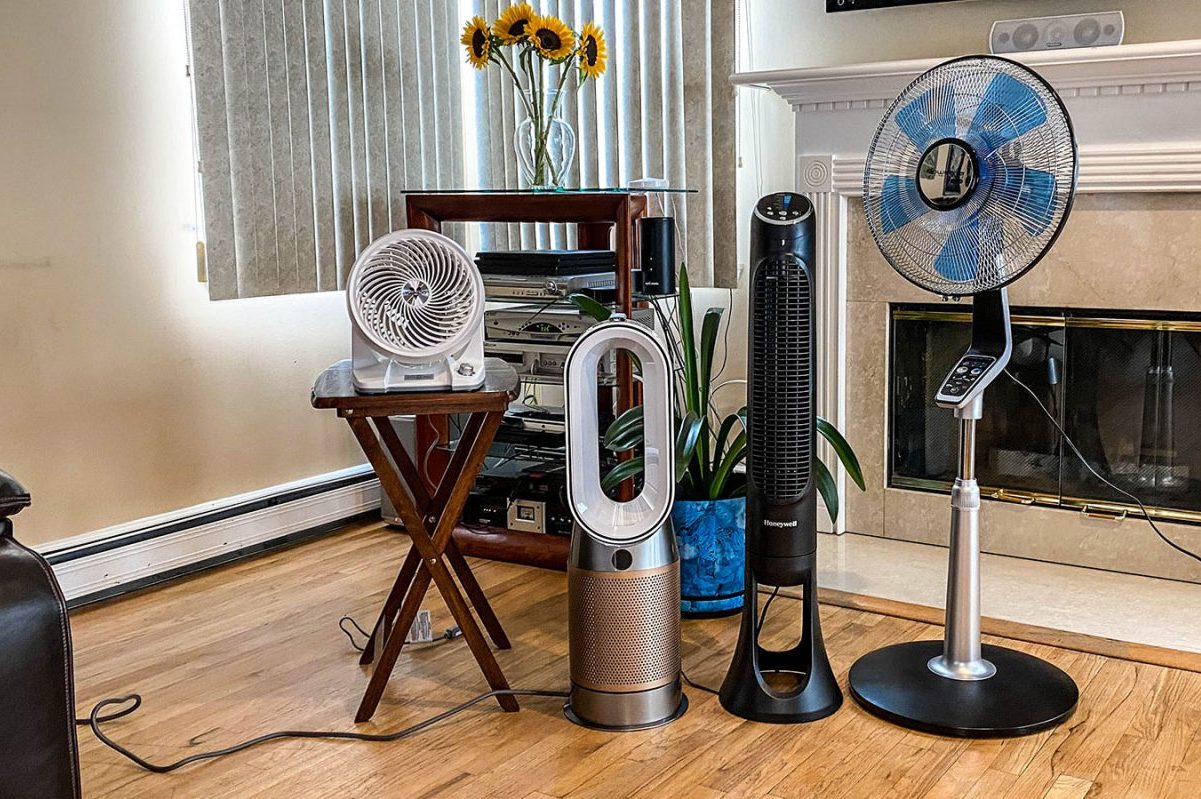
Warm air circulation is essential during colder seasons to maintain a comfortable and evenly heated environment in your home. Air circulator helps prevent hot and cold spots, promotes energy efficiency, and reduces the risk of condensation and mold growth.
Air circulators and fans play a crucial role in distributing warm air efficiently by disrupting thermal stratification and enhancing airflow.
Position the air circulator devices strategically to optimize air circulation, utilize oscillation and tilt features, adjust the speed and intensity, consider room layout, and ensure regular maintenance.
By implementing these tips, you can enhance the effectiveness of your air conditioner or heating systems and enjoy a cozy atmosphere throughout entire room of your home.
Conclusion
When it comes to choosing between air circulators and fans for your home, understanding their differences and considering your specific needs is crucial.
Air circulator provides targeted and consistent airflow, while traditional fans offer versatility and affordability.
Evaluate the size of your enclosed space, airflow requirements, and personal preferences to make an informed decision. Doing so can ensure optimal comfort and cooling in your home.

